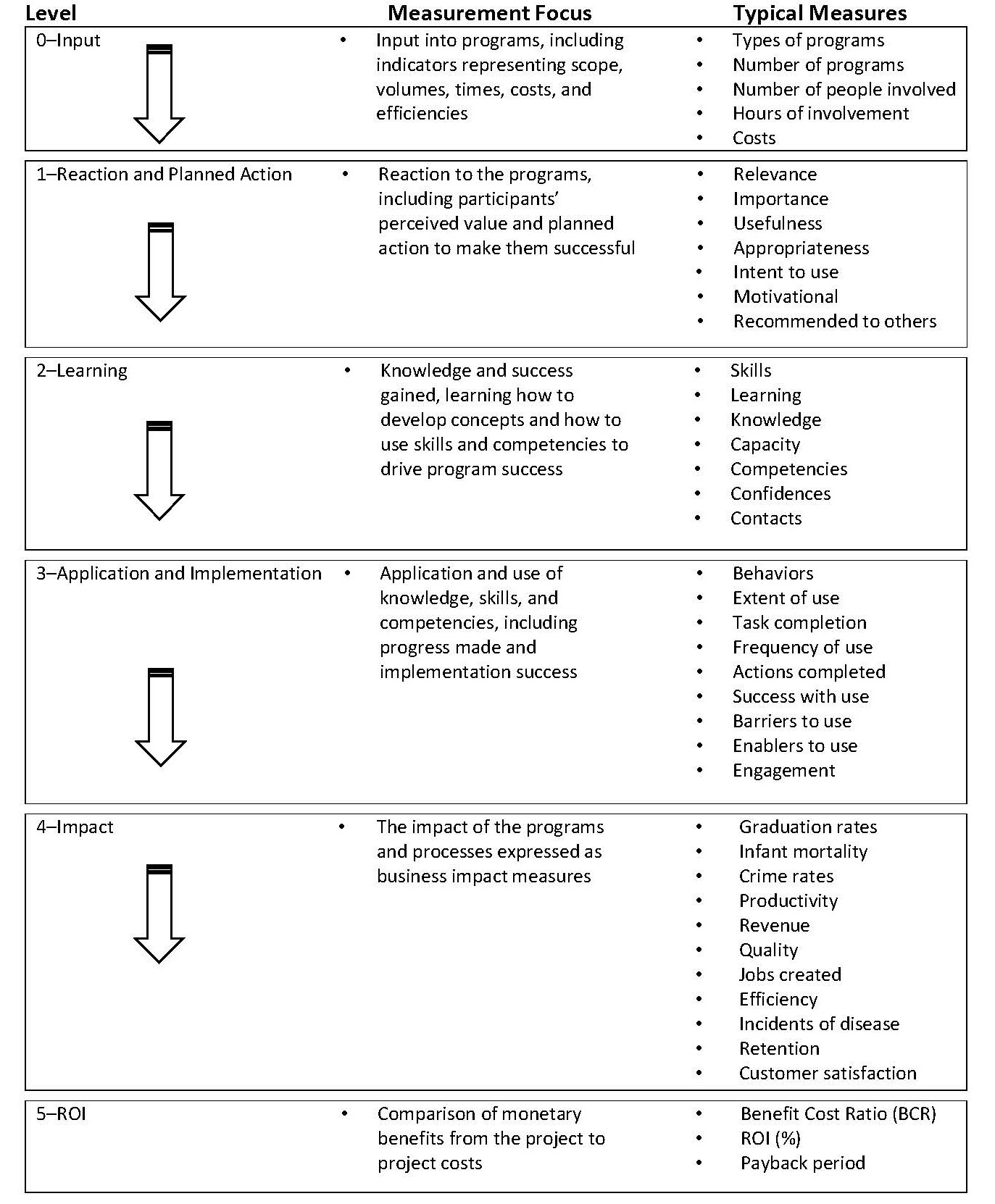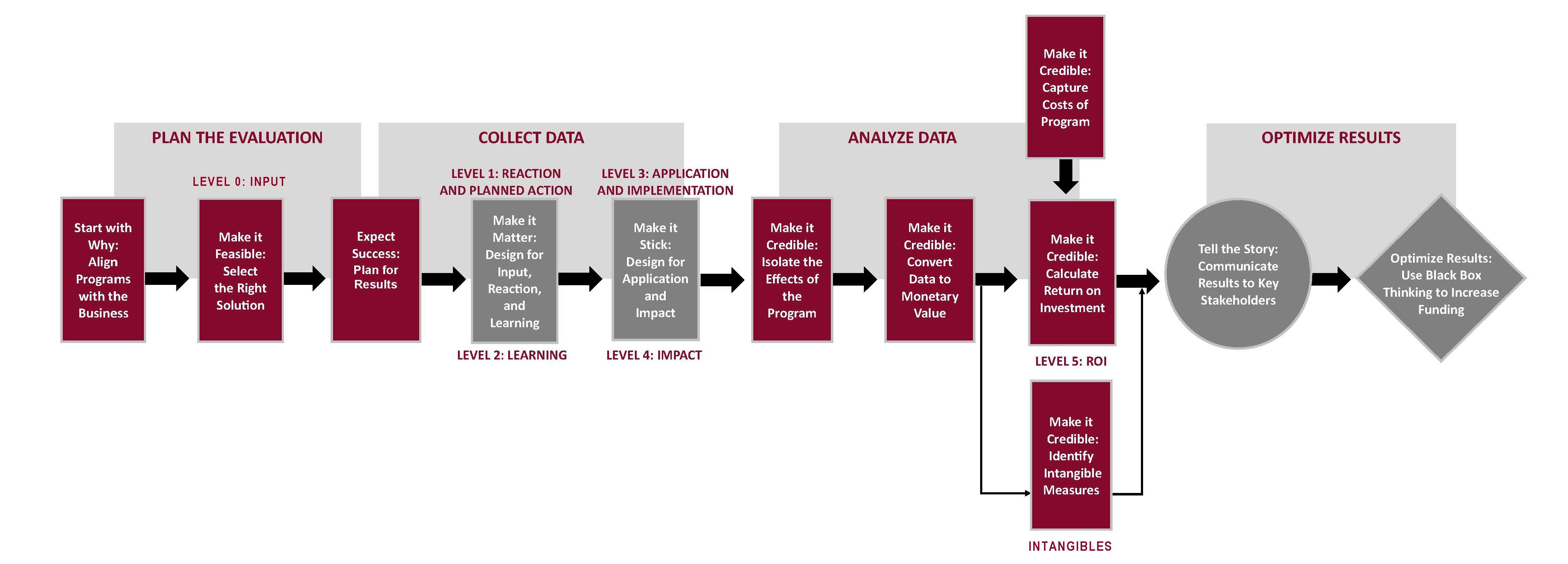Your cart is currently empty!
Leadership development is Creating a Dilemma: It Needs a New Definition of Success
Patti P. Phillips, Ph.D., and Jack J. Phillips, Ph.D.
This article was originally published on August 19, 2020, on Chief Learning Officer.com.
While organizations have always needed leaders who are great at recognizing emerging challenges and driving organizational results, the need is intensifying today as leaders confront market uncertainty, digitization, the power of data as a competitive weapon, and the challenges of motivating a diverse workplace to enhance business performance. These shifts create a need for most organizations to change, which demands more and better leadership development. The result is a record amount of investment in leadership development—more than $200 billion globally.
Unfortunately, there is overwhelming evidence that the variety of programs, books, articles, seminars, and conferences are delivering disappointing results. According to a recent Fortune survey, only 7 percent of CEOs believe their companies are building effective global leaders, and just 10 percent said that their leadership development initiatives have a clear business impact. McKinsey’s latest research has a similar message: only 11 percent of more than 500 executives polled around the globe strongly agreed with the statement that their leadership development interventions achieve and sustain the desired results.
Successful leaders deliver great results, including the impact they have in their organizations or spheres of influence. Without impact, leaders are considered ineffective. To achieve success requires leaders to be effective in delivering on five levels of outcomes, including impact and ROI. The successful leader is one who can deliver on all levels of outcomes in the face of many difficulties, challenges, and uncertainties in ambiguous environments.
The Dilemma
In a Sunday board meeting in London, John Flint, CEO of HSBC, was fired. The move came after months of concern over Mr. Flint’s leadership style and ability to take decisive action. Mr. Flint’s temporary replacement, Noel Quinn, brings pace, decisiveness, and ambition. Mr. Flint had a long, 30-year career with HSBC. However, before getting the CEO position, Mr. Flint told colleagues that he preferred not to be in the public eye and would become CEO out of a sense of duty rather than because he woke up each day wanting it.1
When faced with a problem, he liked to spend time considering it and would map out potential actions and outcomes on pieces of paper. He often sat in meetings taking in information with a pensive air, but without expressing his own views. Mr. Flint sought to make HSBC a more inclusive and pleasant place to work, developing a plan he called “Healthiest Human System” to encourage a better work-life balance for employees. His messages resonated with the bank’s staff, but his actions were short, and his results were disappointing. Six months before he was fired, HSBC’s full-year earnings were worse than expected, in part because costs were outweighing revenue growth. He didn’t deliver the impact.
The perplexing issue about leaders and leadership development is the negative press it often receives. Articles in publications, such as McKinsey Quarterly, Forbes, The Wall Street Journal, and Harvard Business Review discuss the little return on investment in leadership development. Sometimes the focus is on an individual organization. A front-page headline in The Sunday Telegraph in London, suggested that “Scotland Yard has Wasted £10 Million on Leadership Training.” The Metropolitan Police have been accused by its officers of “wasting” £10 million on a leadership training program as the crime rate soared. More than 10,000 officers and staff at the rank of sergeant and above attended five days of training. A spokesman said that the course cost £5 million a year over two years.2 The course came amid increasing crime levels, including more than 60 murders in 2018. It also came at a time when the Sunday Times reported in a front-page story, “Under 5% of all burglaries and robberies solved: New shock figures reveal failure of police.”3
When asked to describe the success of this program, a Met spokesman said: “As London’s single biggest employer we absolutely must support our leaders by giving them the skills they need to do their jobs. Well-led and well-trained people deliver better, and ultimately that means Londoners get a great service.” The Met’s summary of the program said it is designed “as a lever to drive positive behaviors and to empower our staff to communicate and engage more effectively.”
The leadership development provider, Lane 4 Consulting, said that their leadership program helped people with “self-development (their identify, self-reflection, their behaviors, their impact on others)” as well as “creating meaning through shared identity.”
In contrast with the Scotland Yard police story, it may be helpful to review another police leadership situation. In Kansas City, Missouri, the 1910 Squad SWAT team had a reputation for having the most complaints of any unit. They were a very tough group aimed at arresting the criminal using whatever means necessary. Along the way, they left families, friends, and others upset to the point where they were complaining about excessive force. About three complaints per month were reported, and each complaint cost the city about $70,000. The chief of police determined this had to be fixed.
Chip Huth was put in charge of the group to change their approach. Chip had been introduced to a leadership development concept from the Arbinger Institute. The concept’s approach was about transforming an inward mindset to an outward mindset. The team began to realize that their focus had been entirely inward, focusing on meeting their goals, and in these situations, they perceived the people involved as objects. When they changed their thinking and subsequent approach, there was a dramatic difference. The complaints reduced from three per month to zero, and this result has continued for several years. The outward mindset training program yielded a very high ROI calculation of more than 2,000%, a low-cost program solving an expensive problem.
Contrast the difference between these two police examples. In Scotland Yard, the focus for the end of the program was on behavior. In Kansas City, the desired end in mind for the program was impact, the business measure of citizen complaints.4
Dissecting the Problem and Opportunity
The root cause of this problem is not necessarily the content of leadership development programs or even the way that they are delivered, it is the definition of leadership success and the success of leadership development. Perhaps, its time to take a fresh look at this issue.
The Basics of Accountability
As in so many situations, a fresh look sometimes starts with examining how results are delivered. Figure 1 shows the logical flow of data which frames the levels of success with every L&D initiative:
- Input represents the beginning of the L&D journey, monitoring the number involved (volume), the duration of their involvement (time), and the cost of the program.
- Reaction is how the leaders perceive the value of the leadership development program. Leaders need to perceive the program as relevant. Reaction is critical, and without a positive reaction, the leader may not have much success. Reaction is the first level of outcome of the L&D initiative.
- Learning is the acquisition of knowledge and skills. These takeaways from the program (information, ideas, behavior, skills, or competencies) reflect what leaders are learning from the L&D initiative. Learning is the second level of outcome.
- Application is the use of what was learned, applying the competencies. Leaders must take action. Without action, the leader has little influence. Application is the third level of outcome.
- Impact is the consequence of application. Impact is important data that is fully reflected in the performance data of the leader and organization. Impact is the fourth level of outcome.
- Finally, there is Return on Investment (ROI), determining if it’s worth it? Is this a worthwhile journey? Is the leadership development worth the costs? The best way to measure the worth is with the concept of return on investment (ROI), a financial term for comparing benefits to cost. The organization is investing resources. Are they receiving enough value from the leadership development to cover the investment? More precisely, are the monetary values from the impacts (monetary benefits) more than the cost of the leadership development program? ROI is the fifth level of outcome.
Figure 1. Input with Five Levels of Outcome Data

This concept is simple, yet powerful. Success doesn’t occur until impact is achieved. It suggests that the evaluation of leadership development should not stop at the learning level (to make sure that the leader has learned the competencies), or even at the leader behavior level (to make sure that the right behaviors are in place, application). Major leadership development programs should be evaluated at the impact level. What impact are the leaders having with their team through their actions, activities, and leadership behaviors? These impacts are typically output, quality, time, and costs, for the tangible measures, and teamwork, collaboration, engagement and stress as the intangible measures. Failure to evaluate at the impact level might be the problem for Scotland Yard, but it wasn’t for the Kansas City SWAT Team. The leadership development program began with an impact measure, citizen complaints about abusive force.
A Complete Success Profile
Leadership descriptions come in all sizes, shapes, and designs. Figure 2 puts it into perspective and explains the five success levels of leadership development. This represents a chain of value that must exist for leaders to be successful on all five levels.
Figure 2. Success Profile

Each level of success is needed for the next level to be successful. If it’s not relevant, engaging, and exciting, there will be little or no learning. Without learning, there is no application. Without application, there is no impact. Without impact, the ROI is negative (-100%).
In challenging times, a leader must be focused on obtaining results on five levels. John Flint, the former CEO of HSBC, discussed earlier, failed to provide the results at the impact level and although he was well-liked by the employees (reaction level), it cost him his job. In the Scotland Yard case, the challenge is to realize that leadership development success does not rest with behavior. A leader’s success is connected to results and, with competition for funds and the scarcity of resources, the leadership development program must be worth it for the organization to invest £10 million. A successful leader does not have the option of focusing on one of these success levels but essentially must operate on all levels of outcomes.
Designing for Results
The dilemmas about the business connection to leadership development can easily be resolved by shifting responsibilities for the entire team to focus on results. Using design thinking principles, this approach designs for the results desired at the impact level and almost guarantees that the results will be there when measurements are taken.
To address this new challenge, learning and talent development must start with why, ensuring that key leadership development programs will begin with clear business measures. The proper leadership competencies must be selected to make sure they can influence impact measures. Then, a clear definition of success will be developed with objectives for reaction, learning, application, and impact. These are communicated to the designers, developers, facilitators, participants, and even those who support the programs.
Figure 3 shows the steps to take for this approach and measuring the success of leadership development programs at the impact and ROI level. This is a classic logic model (the United Nations labels it as the ‘Enhanced Logic Model’). It has sequential steps, and the options at each step are clearly defined in various books that support this approach.5
Figure 3. The ROI Methodology Model

For an example of how a leadership development program has been developed following these steps, please contact us, and we will send you a case study from a recent leadership development book.6
References:
- Patrick, “Lack of Action Led to CEO’s Ousting,” The Wall Street Journal, August 6, 2019.
- Dixon. “Scotland Yard ‘wasting’ £10M on leadership training.” The Sunday Telegraph. June 3, 2018. 1 -2.
- Ungoed-Thomas, K. Shveda, S. Joiner, and D. Collins. “Under 5% of all burglaries and robberies solved.” Sunday Times. June 17, 2018. 1.
- The Arbinger Institute. The Outward Mindset: How to Change Lives and Transform Organizations, Second Edition. Oakland, CA: Berrett Koehler Publishers, 2019
- P. Phillips and J.J. Phillips. The Business Case for Learning: Using Design Thinking to Deliver Business Results and Increase the Investment in Talent Development. Alexandria, VA: ATD, 2017.
- J. Phillips, P.P. Phillips, and R.L Ray. Measuring Leadership Development: Quantify Your Program’s Impact and ROI on Organizational Performance. New York, NY: McGraw-Hill, 2012.


























